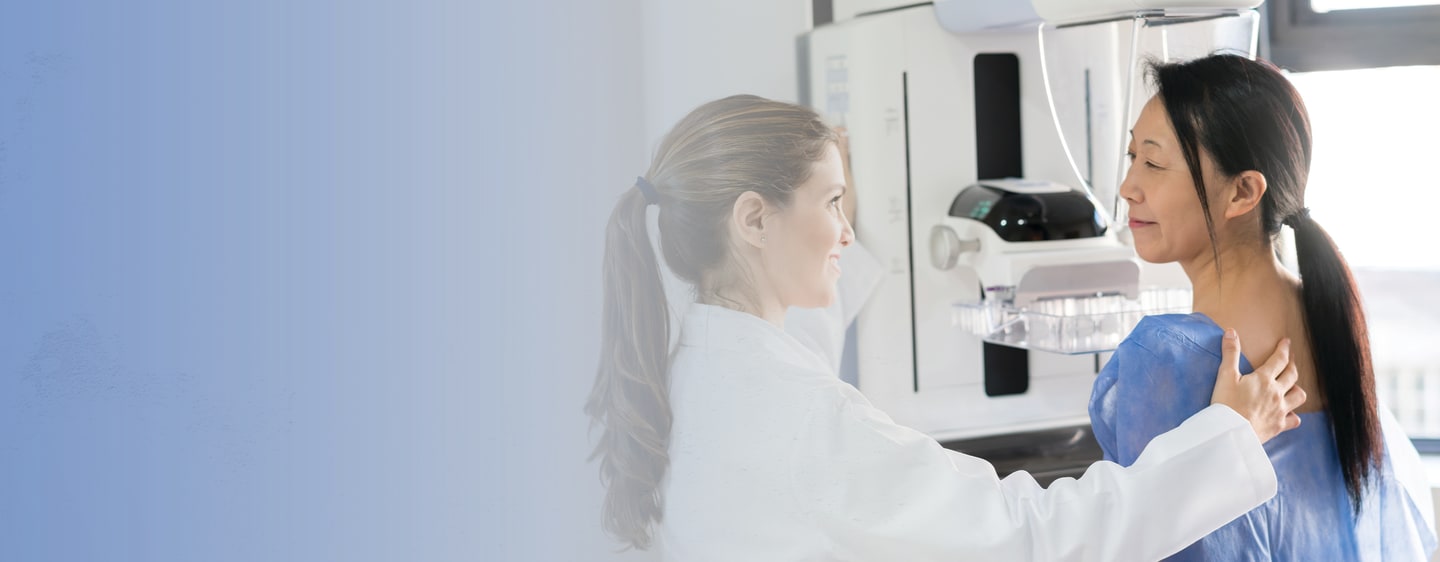
Breast Imaging

Or, if you're not sure what you're looking for, you can:
Browse Specialists
Browse Primary Care
Or, if you're not sure what you're looking for, you can:
Browse All Conditions & Care Services


Brand new 3D mammograms allow radiologists to see all the layers of breast tissue like never before—resulting in a 40% increase in invasive cancer detection. Additionally, if any issues need a closer look, we’re the first health system in Connecticut with dual-head Molecular Breast Imaging, one of the most powerful breast cancer detection tools available. We’re proud to offer our patients two of the most advanced breast imaging technologies: 3D Digital Breast Tomosynthesis and Molecular Breast Imaging.
The latest technology in mammograms is Breast Tomosynthesis (3D) mammography. Mammography is a specific type of breast imaging that uses low-dose x-rays to detect cancer early—before women experience symptoms—when it is most treatable. Mammography plays a central part in the early detection of breast cancers because it can show changes in the breast up to two years before you or your physician can feel them.
The American Medical Association (AMA) and the American College of Radiology (ACR) recommend annual mammograms for women over 40. The National Cancer Institute (NCI) adds that women who have a personal or family history of breast cancer should talk to their doctor about when they should begin screening.
At Middlesex Health, we’re proud to be the first health system in Connecticut to offer our patients the latest dual-headed Molecular Breast Imaging (MBI) technology. When potential problems are found during a mammogram, an MBI procedure can produce razor-sharp images of the breast to help the radiologist pinpoint the abnormality and determine its size, shape, location, and type.
MBI scans can identify potential problems that other techniques can miss and a better chance for early detection means a better chance for successful treatment. Furthermore, the test can be performed on an outpatient basis, with less radiation exposure and less discomfort—because the breast does not need to be compressed. To be a candidate for Molecular Breast Imaging, you must meet at least one of the following criteria:
Requesting a copy of your images is quick and simple. Just call 860-358-6506.
